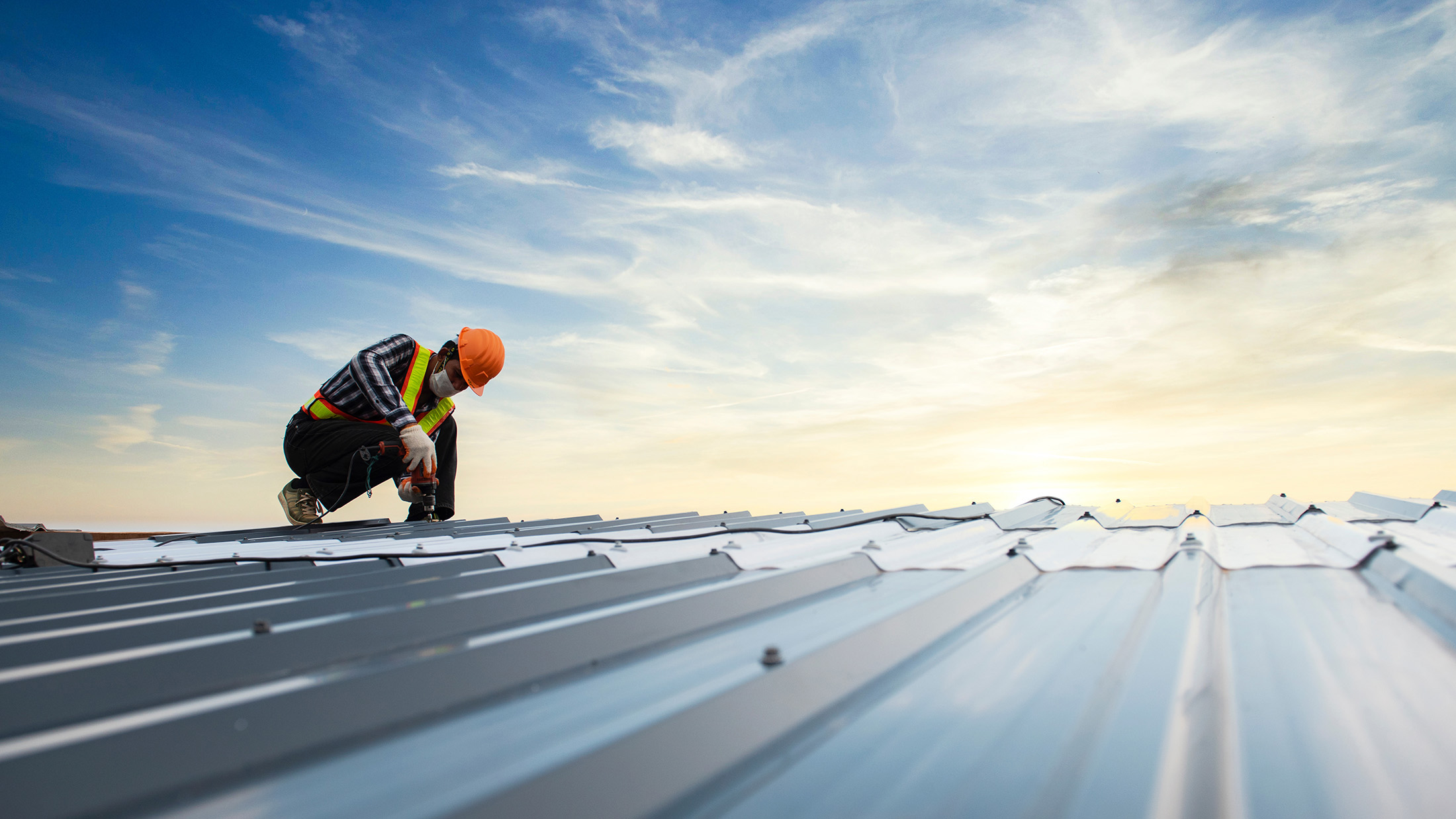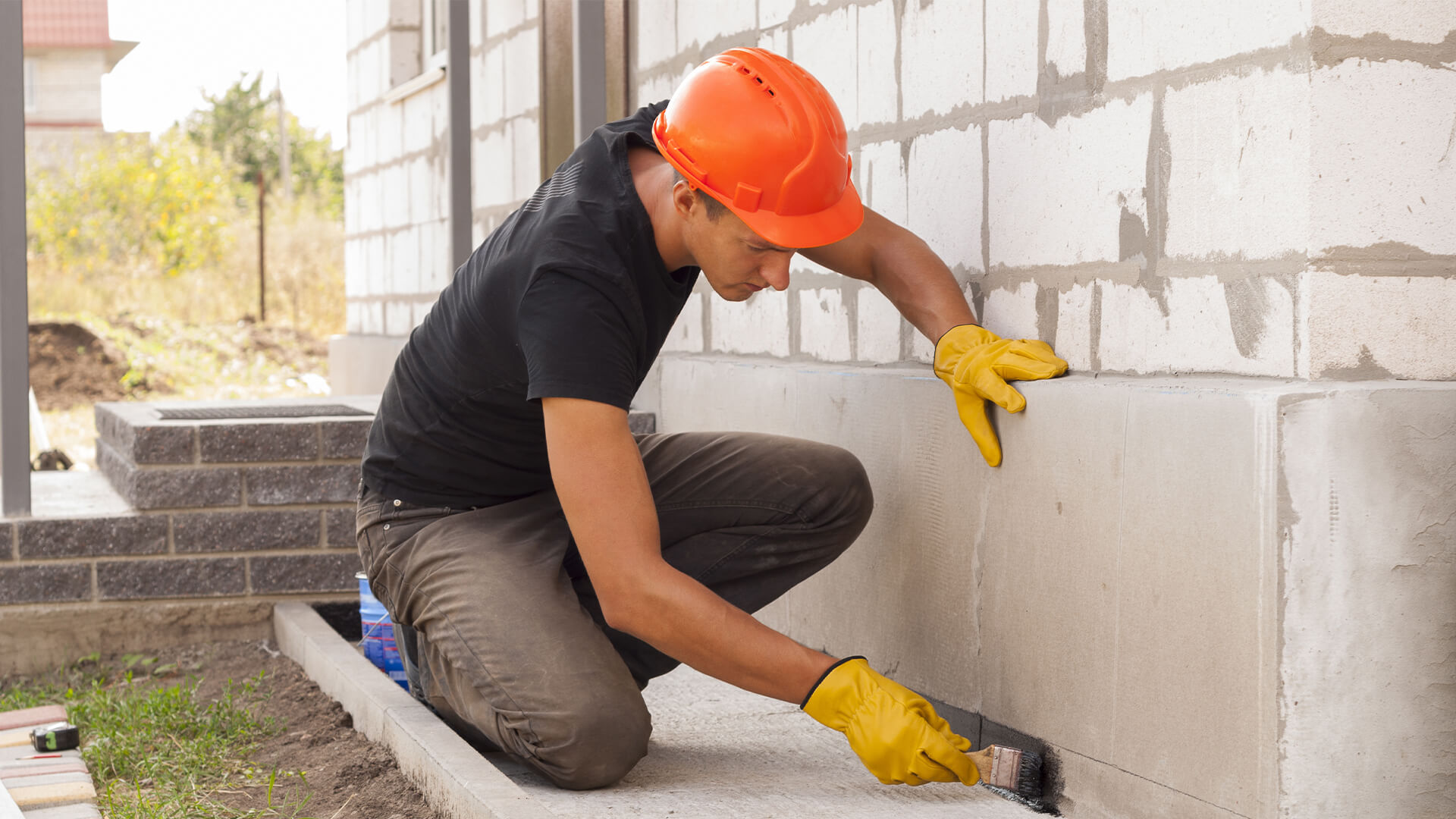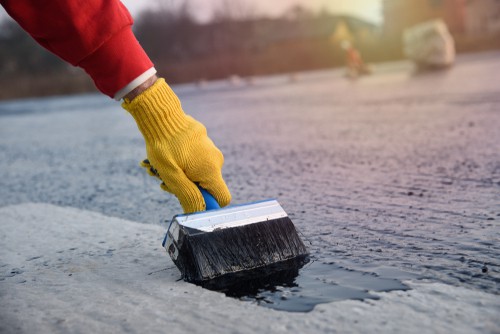
Everything about Waterproofing: Comprehending Its Value and Benefits for Your Home
Waterproofing is a crucial aspect of home upkeep that numerous homeowners ignore. It offers to safeguard structures from the damaging impacts of water infiltration, which can cause significant issues in time. Comprehending the various approaches and their importance can aid homeowners make informed choices. As the discussion unravels, the genuine question continues to be: how can effective waterproofing change a home's resilience against moisture-related risks?
What Is Waterproofing and Exactly How Does It Work?
Waterproofing is a necessary process created to secure buildings and structures from water infiltration. It entails the application of various products and techniques that produce a barrier, avoiding water from passing through surfaces. Usual waterproofing methods include the use of membranes, coverings, and sealers, which can be put on roofing systems, structures, and walls. Each technique is selected based upon the details needs and problems of the structure.The efficiency of waterproofing depends on correct installation, making sure that all areas are adequately covered and sealed. Materials such as bituminous membranes, fluid waterproofing substances, and cementitious finishings are regularly utilized, each offering one-of-a-kind benefits. Additionally, water drainage systems may be integrated to reroute water far from susceptible locations, better boosting protection. In general, waterproofing not just safeguards structural integrity yet additionally improves long life, making it an important factor to consider in construction and improvement tasks.
The Relevance of Waterproofing for Property owners
Property owners face countless challenges in keeping their buildings, and among one of the most considerable problems is water damages. This issue can occur from different resources, consisting of hefty rains, flooding, and plumbing failures. When left unaddressed, water damages can bring about serious structural issues, mold and mildew growth, and pricey repair work. Waterproofing stands as a vital safety net that safeguards homes from these possible risks.
Typical Waterproofing Approaches and Techniques
When considering waterproofing methods, home owners can select from a variety of efficient options. Outside waterproofing options concentrate on avoiding water from penetrating the framework, while interior waterproofing techniques deal with dampness problems once they have happened. Understanding these options is necessary for preserving a completely dry and healthy and balanced home atmosphere.
Outside Waterproofing Solutions
To secure a building from water invasion, different exterior waterproofing solutions can be utilized, each customized to the specific needs of the structure. One common technique is the application of water resistant membrane layers, which develop a barrier versus dampness. These membrane layers can be either liquid-applied or sheet-based, depending upon the installation requirements. An additional reliable strategy entails using water drainage systems, such as French drains pipes, that redirect water far from the structure. Furthermore, applying outside sealers can aid protect surfaces from water penetration and deterioration. Landscaping solutions, consisting of grading and correct drainage, can likewise add notably to avoid water buildup around the foundation. Each of these approaches plays an important function in improving the durability and sturdiness of the residential property.
Interior Waterproofing Techniques
Inside waterproofing methods are important for protecting a home versus wetness and water damage. Usual approaches include the application of sealants and membrane layers, which create an obstacle on wall surfaces and floorings to stop water seepage. Inside drain systems, such as sump pumps and French drains, successfully reroute water away from vulnerable areas. Furthermore, vapor obstacles can be mounted to obstruct dampness from permeating with walls and floors, especially in basements and crawl areas (French drain installation Omaha). Normal maintenance and examination of these systems are very important to assure their performance. Moreover, dealing with any kind of plumbing leaks or condensation concerns promptly can greatly improve the overall waterproofing technique. Together, these strategies provide property owners with a complete strategy to lessening the threat of water-related problems

Indicators Your Home Demands Waterproofing
Homeowners need to recognize key indicators that their building may call for waterproofing. Noticeable water damage, musty odors, and frequent mold and mildew growth are crucial signs that wetness is endangering my link the integrity of the home. Dealing with these problems immediately can stop more damages and ensure a much healthier living environment.
Noticeable Water Damages
Noticeable water damage serves as a clear indication that a home may call for waterproofing measures. Homeowners should be alert for signs such as water discolorations on wall surfaces or ceilings, peeling paint, and distorted floor covering. These visible signs usually signify underlying wetness problems that, if left unaddressed, can result in more comprehensive damage and costly repairs. Mold growth can also happen, though it will certainly be talked about in the next section. Additionally, house owners must check cellars and creep spaces for wetness or efflorescence on concrete surfaces, which shows moisture infiltration. Observing these indicators early can aid stop further wear and tear of the home's structural integrity. Timely waterproofing actions can protect the financial investment and preserve a healthy and balanced living environment.
Musty Odors Existing
Mildewy smells are typically an indication that dampness is lingering in hidden locations of a home, showing the demand for waterproofing services. These unpleasant scents regularly arise from moist basements, crawl spaces, or behind walls, where water infiltration might not be quickly visible - Basement waterproofing Omaha. Homeowners must pay very close attention to these odors, as they recommend that excess humidity is entraped, possibly leading to additional damages. The presence of musty smells can endanger interior air top quality, affecting the health and convenience of residents. Overlooking this alerting sign can bring about more extreme issues, making timely evaluation and activity necessary. By dealing with waterproofing needs, property owners can remove moldy odors and create a much healthier living setting
Constant Mold Growth
Frequent mold and mildew development is a clear sign that a home may be experiencing moisture issues, demanding waterproofing actions. Mold and mildew grows in wet atmospheres, making it a considerable issue for homeowners. Indicators of mold and mildew can include dark areas on wall surfaces, ceilings, and around windows, in addition to a consistent stuffy scent. If mold and mildew appears consistently in spite of cleaning up efforts, it recommends underlying wetness problems. This can arise from leakages, insufficient drain, or high humidity degrees. Overlooking these indications can result in structural damages and health and wellness threats, particularly for people with respiratory issues. Subsequently, resolving waterproofing immediately can assist minimize mold development, ensuring a safer and much healthier living atmosphere. Homeowners ought to take into consideration professional assessments to identify the level of the moisture issue.
The Long-Term Conveniences of Purchasing Waterproofing
Investing in waterproofing uses homeowners a profound feeling of protection and satisfaction, understanding their residential or commercial property is secured versus moisture-related damages. This proactive method considerably lowers the risk of structural problems, such as timber rot and structure splits, which can bring about costly repair services with time. Additionally, waterproofing assists keep indoor air quality by lessening mold and mildew growth, which can have unfavorable wellness implications for occupants.Furthermore, waterproofing enhances the toughness of a home, ultimately preserving its worth. A well-protected residential or commercial property is more attractive to prospective buyers, as they are much less most likely to experience concealed wetness troubles. This investment also adds to power efficiency; effectively secured rooms protect against drafts and minimize heating & cooling costs. Overall, the lasting advantages of waterproofing not just ensure the structural integrity of a home yet additionally cultivate a healthier living atmosphere and reinforce the building's bankability.
Picking the Right Waterproofing Specialist for Your Home
Just how can a homeowner guarantee they choose the most competent waterproofing specialist for their requirements? The process starts with complete research and getting several quotes. Property owners need to seek professionals with a strong credibility, verified qualifications, and considerable experience in waterproofing. Inspecting online evaluations and asking for referrals can supply important understanding into a contractor's integrity and high quality of work.Moreover, it is vital to make inquiries regarding the details waterproofing methods each specialist employs, in addition to the products used. House owners should verify that the picked professional is accredited and insured, which safeguards versus potential responsibilities. A trustworthy specialist will also provide liquid applied waterproofing a thorough contract detailing the range of work, timeline, and guarantee information. By focusing on these criteria, house owners can have a peek at this website make enlightened decisions, eventually causing boosted protection against water damage and an effective waterproofing option customized to their home's demands.
Regularly Asked Questions
Can Waterproofing Be Done in Winter Season or Winter?
Waterproofing can be testing throughout winter months or winter because of reduced temperature levels impacting products' bond and healing procedures. Specialized items made for cool problems can make it possible for effective waterproofing applications also in wintertime months.
Exactly how Typically Should I Water Resistant My Home?
The regularity of waterproofing a home commonly relies on different elements, consisting of climate and material quality. Specialists advise assessing conditions every year and reapplying every five to 10 years, or faster if considerable wear is apparent.
Does Waterproofing Affect Home Resale Value?
Waterproofing can significantly affect a home's resale worth (Yard drainage Omaha). Prospective purchasers frequently view waterproofing as a guard versus water damages and mold and mildew, enhancing the building's charm and bankability, possibly leading to higher deals and quicker sales
Is Do It Yourself Waterproofing Effective for All Homes?
The efficiency of do it yourself waterproofing differs by home. Factors such as residential property age, ecological conditions, and existing damage influence results. Home owners should examine their details circumstances before attempting DIY services to ensure lasting defense.

Exist Eco-Friendly Waterproofing Options Available?
Environmentally friendly waterproofing alternatives do exist, including all-natural sealers like beeswax and plant-based products. These options minimize ecological impact while properly safeguarding frameworks from water damage, interesting house owners seeking sustainable choices for their waterproofing requires.